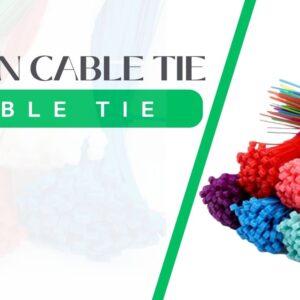Selling your car for cash can feel like the end of the road for your old vehicle, but for the car itself, it is the beginning of something else. While the body may no longer be useful to you, many of its parts still hold purpose. Once you hand it over, the car often begins a new journey—piece by piece. This blog will explain what actually happens to the parts of your car after it is sold for cash and where they often end up.
The First Step: Inspection and Sorting
After a vehicle is collected from the seller, the first thing that usually happens is an inspection. The car is assessed to decide what can be removed, reused, or scrapped. Some buyers focus on parts, while others handle entire vehicles for recycling purposes.
During this stage, the condition of the car plays a big role. Even if the car no longer works, many parts inside may still be usable. These are taken out and sorted based on type, material, and condition.
Parts That Are Usually Removed
There are many components in a car that can still serve a purpose. Some are reused, while others are recycled or melted down. Below are some common parts removed from old cars:
Engine and Transmission
These are two of the most valuable parts in any car. Even if they are not in working condition, they can be rebuilt or broken down for scrap metal. Mechanics and auto repair shops often buy used engines and transmissions to save money on repairs for other cars.
Wheels and Tyres
If the tyres are still in decent shape, they may be resold. Wheels made of aluminium or other metals are often melted down and reused in manufacturing.
Battery
Car batteries contain lead and acid, which are harmful to the environment. That is why they are almost always removed and sent to special centres for safe recycling. Some batteries may also be recharged and sold again if still functional.
Seats and Interior Parts
Seats, steering wheels, gear sticks, and dashboard elements are taken out if they are in good condition. Upholstery and leather parts may also be reused in other vehicles or for repairs.
Mirrors and Lights
Side mirrors, headlamps, and taillights are often removed and sold separately. Many drivers look for second-hand options when replacing broken lights or mirrors to save on repair costs.
Radiators and Air Conditioning Units
These parts are taken out and assessed for wear. If they are still useful, they are cleaned and sold as used spares. If not, they are stripped for materials like aluminium and copper.
Are you looking for car wreckers?
Visit here: https://melbournecash4carz.com.au/car-wreckers/
What Happens to the Rest of the Car?
Once all the useful parts are removed, what remains is mostly metal. The shell of the car is usually crushed and sent to a recycling plant. There, it is broken down into smaller pieces and separated by metal type—steel, aluminium, copper, and others.
Australia is one of the leading countries in car recycling. According to the Federal Chamber of Automotive Industries, up to 90% of a car’s material can be reused or recycled. This helps reduce waste and lowers the demand for new raw materials.
Fluids and Chemicals
A very important part of the process is dealing with the fluids inside the car. These include:
-
Engine oil
-
Transmission fluid
-
Brake fluid
-
Coolant
-
Air conditioning gas
These liquids are drained carefully to avoid leaks into the ground or water systems. Most are sent for safe disposal, though some can be cleaned and reused.
Legal and Safety Measures
In Australia, strict laws guide how scrap cars should be handled. Businesses that collect and break down vehicles must follow health, safety, and environmental rules. This ensures that materials are not wasted and the environment is not harmed.
A Real-Life Example
One reason many people choose to sell old vehicles this way is the convenience and fairness of the process. For example, when using cars for cash Melbourne, many customers have noted how quickly they were able to free up space and hand over a vehicle they no longer needed. The service handles everything from the pick-up to the paperwork, and the vehicle’s parts are treated in line with industry standards. This gives peace of mind to people who care about where their old car ends up.
Why This Matters
Knowing what happens after you sell your car is important. It shows that even a car that no longer runs has something left to offer. By choosing a method that allows for safe part removal and recycling, you are also helping the environment.
Every part removed and reused reduces the need for new manufacturing. Every drop of fluid properly drained stops harmful chemicals from reaching the soil. This process, while not often seen by the public, plays a big role in waste reduction and smart use of materials.
Final Words
Selling your car for cash is not just about clearing up space or making money. It is also about giving old parts a new purpose. Many of your car’s pieces go on to help others, reduce waste, and keep materials in use.
Next time you look at your unwanted vehicle, remember it still has life left in it—just in different forms. The engine might run in another car, the seats might support someone else’s drive, and the metal might become part of something new.



